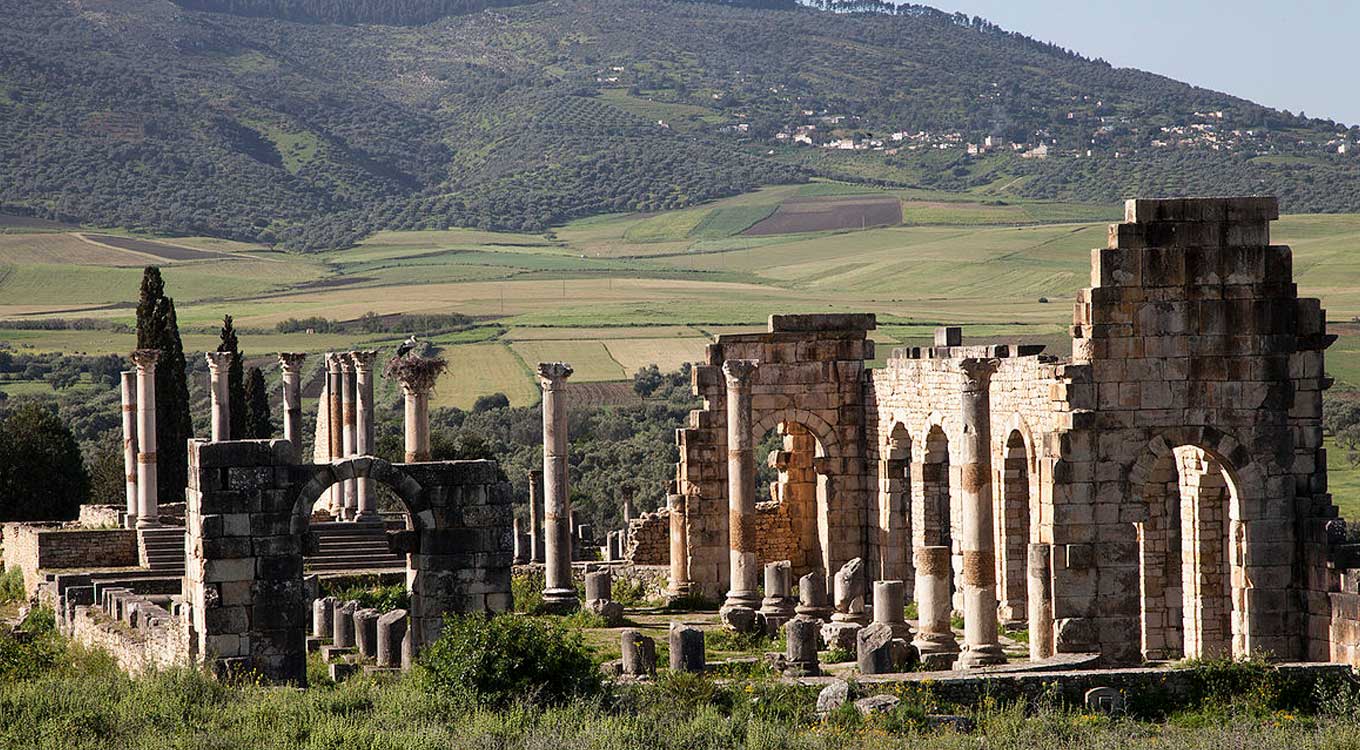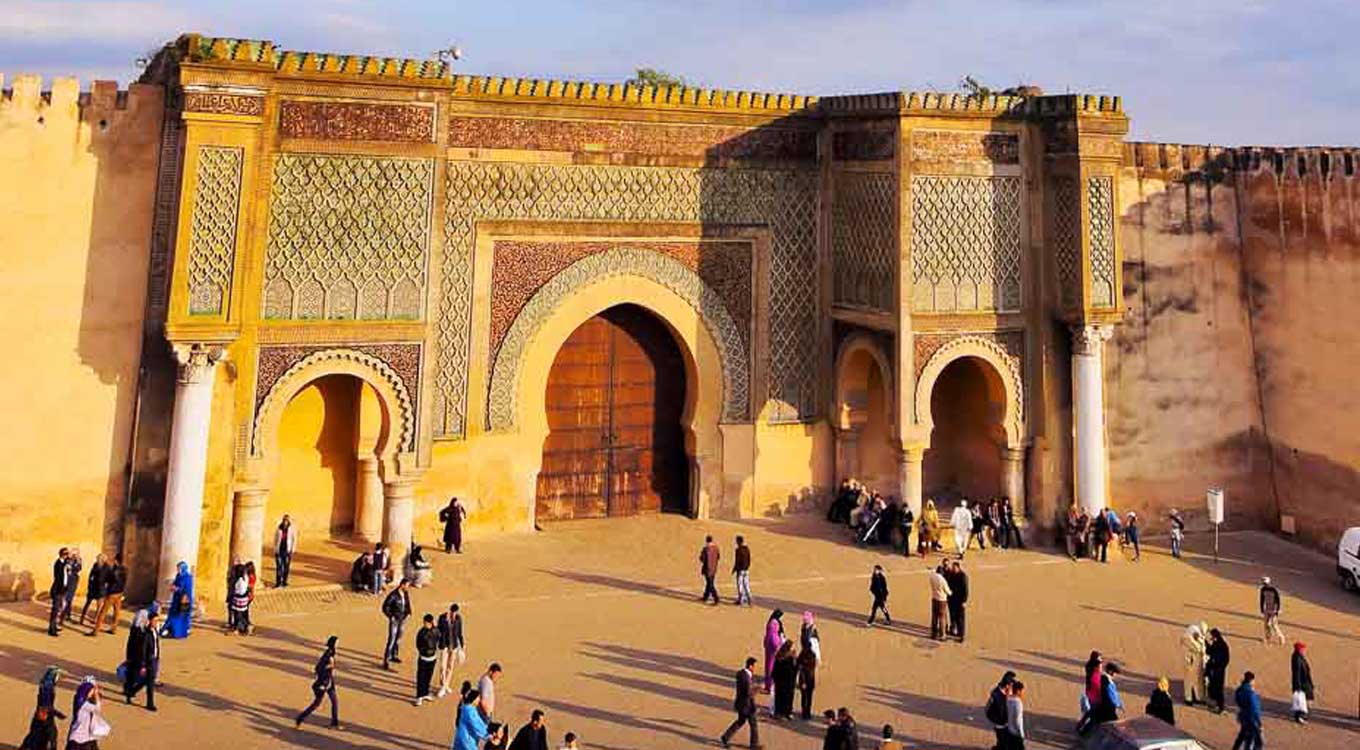Destination to Meknes
Meknes was once touted as the Versailles of Morocco, when Sultan Moulay Ismail (1672-1727) was pursuing his plans for a grand royal city. His plans never came to fruition, but the edifices he did succeed in erecting continue to attract hordes of annual tourists. Moulay Ismail’s royal city consists of more than 50 palaces, 20 gates and a city wall 45 kilometers in length. One of the most impressive of the gates is the Bab el-Mansour, named after its architect, a Christian who converted to Islam. At present, it is used as an arts gallery and entry to it is only through a side gate.
Of the surviving palaces, the best preserved one is the Dar el-Makhzen, which is still used today by Morocco’s king as the royal palace. Dar el-Makhzen is closed to visitors, but glimpses of the palace can be seen through the crumbling walls. Visitors may also be interested in visiting Moulay Ismail’s mausoleum, although non-Muslims are restricted from entering many parts of it. Other attractions where large areas are forbidden to non-Muslims include the Muslim school Medersa Bou Inania and the mausoleum of holy man Sidi ben Aissa.
Those interested in a glimpse of traditional Moroccan arts and crafts should drop by the Dar Jamai, whose exhibits focus on items such as ceramics, textiles and jewelry.
Souvenir hunters will find plenty of them at the medina, large areas of which are devoted to qissariya, or covered markets. The quality of the items you can buy here are reportedly among the best in Morocco, and the prices more affordable. It is definitely a good place for visitors to hone their haggling skills. Since Meknes is a center of olive production in Morocco, the city is also a good place to pick up fresh olives, although prices can be steep so make sure to compare prices from different stalls.


